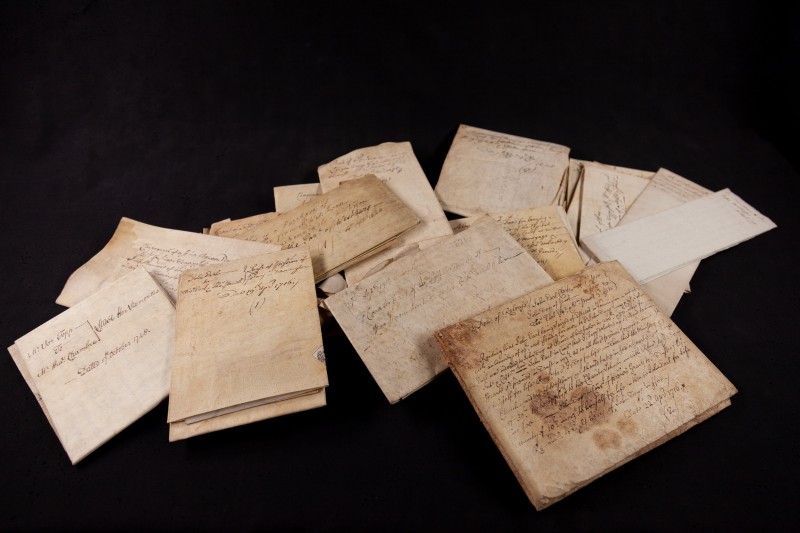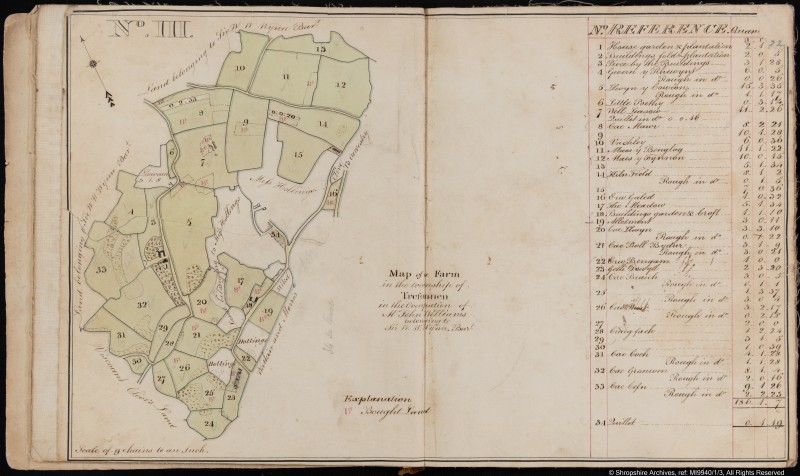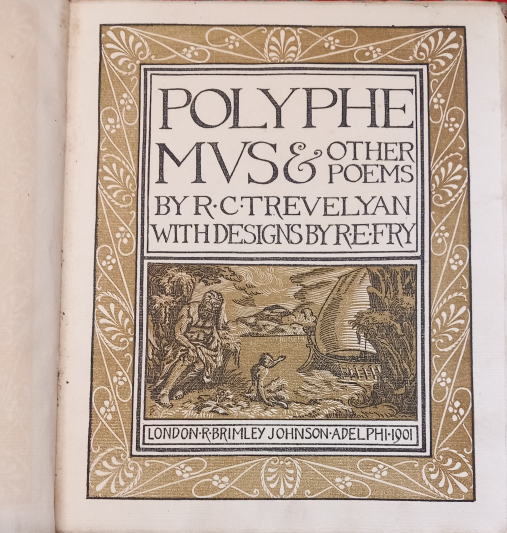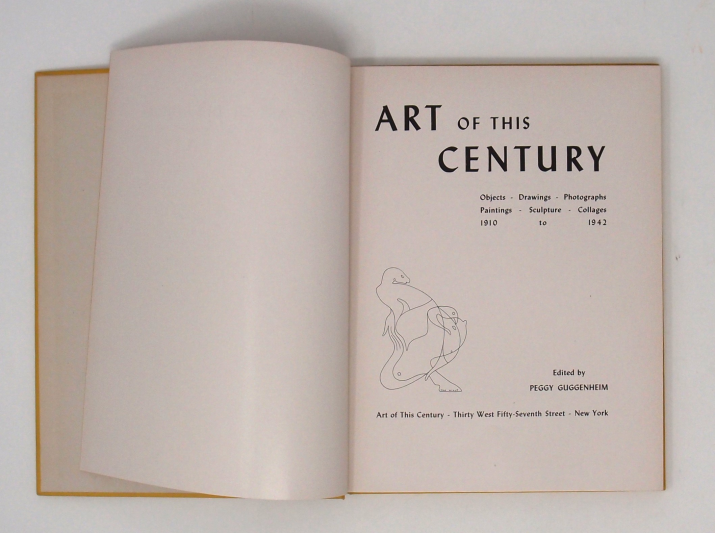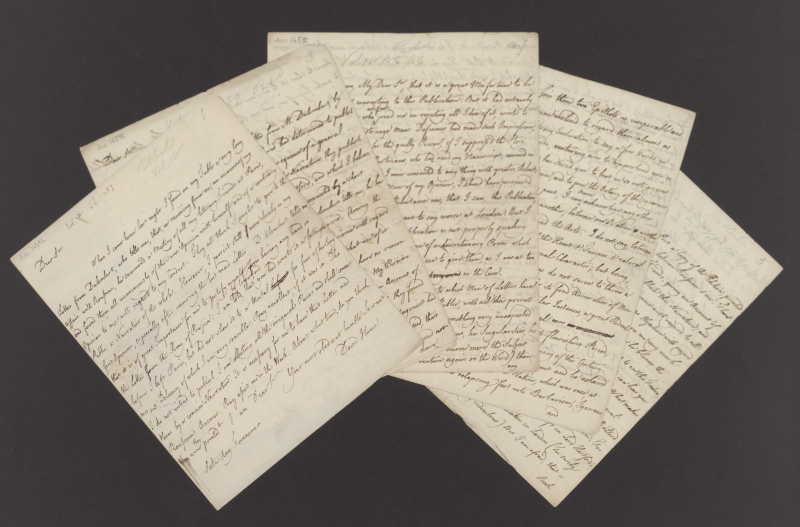Displaying 1 - 10 of 2051
Item date: 1606-1748
Date acquired: 2023
Grant Value: £504
Item cost: £504
Although this is a small collection of deeds, it is noteworthy. The deeds relate to the Whitton and Vennington estates, in the parish of Westbury and their descent through the Topp family.
In medieval period, Whitton was part of the Caus Castle holdings of the Corbet family. It passed to tenants who took their name from the lands they held at Whitton. On the death of John de Whitton, it descended through the marriage of his daughter to the Lingen family. In 1594 Elizabeth Lingen married Alexander Topp of Wiltshire.
Item date: c.1829
Date acquired: 2023
Grant Value: £500 [John R Murray Fund]
Item cost: £1,500
Institution: Shropshire Archives
Town/City: Shrewsbury
County: Shropshire
The survey was made for Sir Watkin Williams-Wynn who was the largest landowner in North Wales at that time. He was the 5th Baronet of Wynnstay and married Lady Henrietta Clive, daughter of Edward Clive, 1st Earl of Powis. As this record clearly illustrates, his holdings extended over the border into Shropshire. Every map is accompanied by a table detailing the extent and use of the various plots shown, as well as naming the occupiers and neighbouring landowners. This means the information content will be valuable to a range of researchers – from academics and those studying land use and field names to genealogists and house history researchers.
Author: R. C. Trevelyan (1872-1951)
Item date: 1901, First edition
Date acquired: 2023
Grant Value: £375
Item cost: £375
Institution: Petersfield Museum & Art Gallery [incorporating the Edward Thomas Study Centre]
Town/City: Petersfield
County: Hampshire
The FNL continues to be most generous to Petersfield Museum and Art Gallery and The Edward Thomas Fellowship as we add manuscript and signed books to the collection of the late Tim Wilton-Steer held in the Edward Thomas Study Centre at the Museum and Gallery. Edward Thomas was a literary critic, writer and, ultimately, poet who was killed in the First World War at the beginning, literally, of the Battle of Arras on Easter Monday, 9 April 1917. A look at the Daily Chronicle archives shows that between 1900 and 1913 barely a day passed without a review by Thomas and one of those, in March 1902, was of Polyphemus and Other Poems, by R C Trevelyan, and this is the copy Thomas reviewed.
Author: Edited by Peggy Guggenheim
Item date: 1942
Date acquired: 2023
Grant Value: £500
Item cost: £600
Institution: Petersfield Museum & Art Gallery [incorporating the Edward Thomas Study Centre]
Town/City: Petersfield
County: Hampshire
Peggy Guggenheim, a world-renowned art patron and collector, began her lifetime commitment to art in the 1930s when she lived for five years at Yew Tree Cottage, Petersfield, between 1934 and 1939. During this period, Guggenheim opened her first gallery Guggenheim Jeune in Cork Street, London, which held exhibitions by European artists, including Jean Art and Yves Tanguy, alongside modern British artists, including Henry Moore and Julian Trevelyan. Guggenheim had an ambition to open a modern art museum in London, but these plans were interrupted by the outbreak of the Second World War.
Item date: 1766
Date acquired: 2023
Grant Value: £20,000
Item cost: £127,400
Institution: National Library of Scotland
Town/City: Edinburgh
All four of Hume’s letters refer to his quarrel with the Genevan philosopher Jean-Jacques Rousseau. Following an initially friendly relationship, Rousseau attacked Hume in a letter accusing him, among other things, of trying to sideline him. The quarrel became an 18th-century cause célèbre and attracted the attention of philosophers and literary figures all across Europe. Hume corresponded with many of his friends throughout the continent before finally publishing his response to Rousseau’s accusations. The National Library of Scotland holds the most significant collection of Hume manuscripts to be found anywhere in the world and is the premier destination for those studying his life and work.
Item date: 1807-1819
Date acquired: 2023
Grant Value: £1,500
Item cost: £8,500
Institution: National Library of Scotland
Town/City: Edinburgh
The document is an indenture of release between William Lushington (1747-1823) and the Scotsmen John Stewart (1754/5-1826) and Alexander Fraser of Inchcoulter (1759-1837), which ultimately transferred ownership of the Camden Estate on Trinidad, and the enslaved workers, from Lushington to Stewart and Fraser. This indenture provides a level of detail on the enslaved people not always evident in such documents. This is important in helping to read against the grain: for example, the list of ‘runaways’ demonstrates resistance to enslavement. The detailed listing of skilled occupations, such as carpenters, masons and blacksmiths, illustrates the technical proficiency of the enslaved workers. As such, it is an important source in recovering silenced voices.
Author: Robert Louis Stevenson
Item date: May – July 1872
Date acquired: 2023
Grant Value: £2,500
Item cost: £9,000
Institution: National Library of Scotland
Town/City: Edinburgh
It is rare that Robert Louis Stevenson diary fragments, or manuscripts of more than a single page, come to market. This four-page manuscript of diary entries covers the period from May 9th to July 5th, 1872, when Stevenson was 21, living in Edinburgh, and studying towards his law degree. The manuscript offers research interest to Stevenson scholars and readers and is a significant addition to the Library’s existing holdings of Stevenson material.
Author: Jane Porter (1775?-1850)
Item date: 1803 (London: A Strahan for T N Longman and O Rees)
Date acquired: 2023
Grant Value: £2,500
Item cost: £14,812
Institution: National Library of Scotland
Town/City: Edinburgh
Set during the Second Partition of Poland in the 1790s, Thaddeus of Warsaw is one of the earliest examples in English of the historical novel, introducing the new stock figure of the noble exile. Despite being commercially published, this work did not have a large initial print run. It did, however, become enormously popular and successive editions were rapidly produced. Porter is now best known now for her second major novel, The Scottish Chiefs, based on William Wallace and Robert Bruce. The women, like Porter, who preceded Walter Scott as authors of historical fiction are increasingly popular subjects of research interest and are being reclaimed by a wider audience. Thaddeus of Warsaw received its first scholarly edition in 2019, after having been out of print for more than a century, and other works of Jane Porter have recently received modern editions.
Author: Robert Louis Stevenson
Item date: 1880
Date acquired: 2023
Grant Value: £1,875
Item cost: £5,575
Institution: National Library of Scotland
Town/City: Edinburgh
This letter is an oft-quoted missive, revealing Stevenson’s justification for his take on Robert Burns in a recent article, and with a foreshadowing of his plans to travel extensively. It provides a rare example of two of Scotland’s most important literary figures featuring in one manuscript letter.
Item date: Paris, 1623
Date acquired: 2023
Grant Value: £4,504 [B H Breslauer Foundation Fund]
Item cost: £9,192
Institution: National Trust: Moseley Old Hall
Town/City: Wolverhampton
County: West Midlands
John Huddleston (1608-98), the missal’s original owner whose inscription can be found on the title-page, was a Benedictine priest famous for the role he played at several key moments in the life of Charles II. Huddleston was the chaplain and tutor to the Catholic Whitgreave family and was in residence at their Moseley home at the time of Charles II’s famous escape following the Battle of Worcester. Huddleston was instrumental in bringing Charles to Moseley Old Hall early on the morning of 8 September 1651 and was his constant companion during the king’s two-day stay, which included use of the priest hole. It is known that Charles consulted books in Huddleston’s library and it is possible that the collection included the recently-acquired Parisian missal of 1623. The missal may also have been a witness to the end of Charles II’s life.
